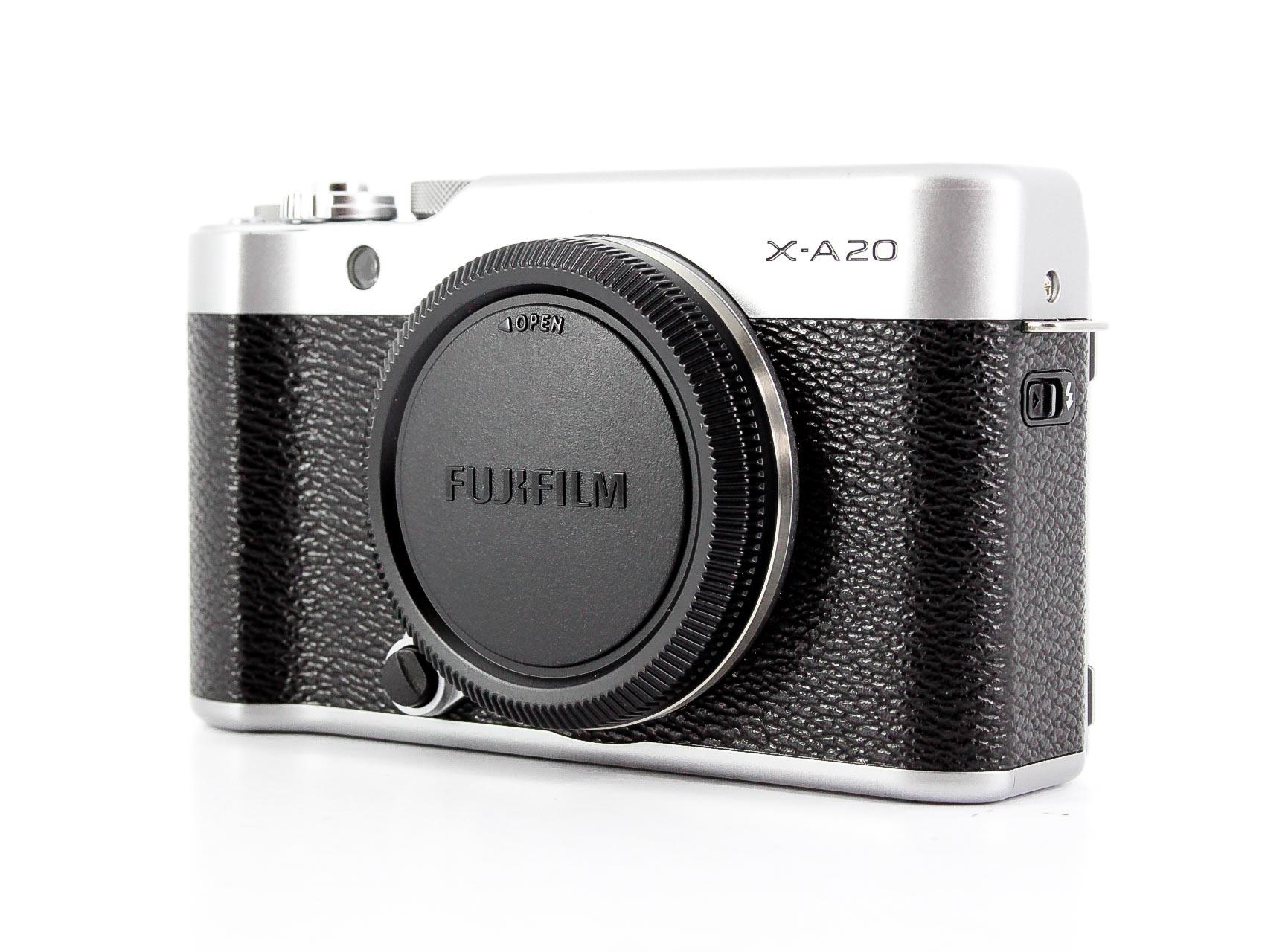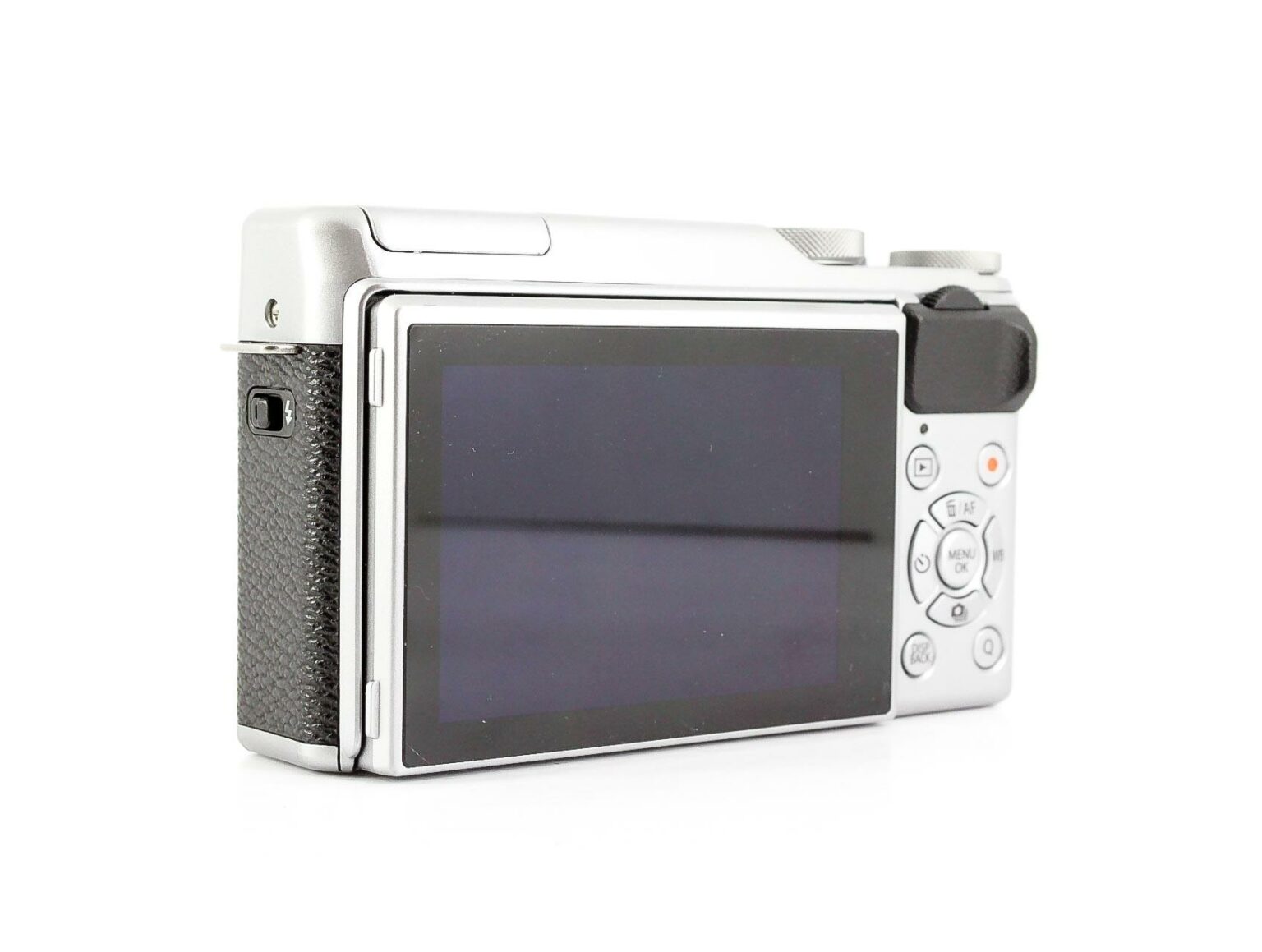
Like the E-PL2 before it, the E-P元 only offers six art filters (Pop Art, Soft Focus, Grainy Film, Pin Hole, Diorama, and Dramatic Tone) while the E-P3 adds four others to the mix (Pale & Color, Light Tone, Gentle Sepia, and Cross Process). It's also the first of the PEN line to sport a tilting LCD (a 3-inch,Īpropos to its role as a more casual and compact shooter, the E-P元 offers faster burst-mode shooting of up to 5.5fps (compared to 3fps burst-mode in the E-P3 and the E-PL2).

In fact, the E-P元 is 25 percent smaller than the E-PL2. Most obviously, the more compact body styling moves away from the retro look of its predecessors (and the higher-end line), and looks much more like a point-and-shoot (perhaps taking a page from Sony's NEX line of ILCs). With the E-P元, Olympus appears to be further differentiating the Lite line from the high-end line in terms of overall design and feature set, while still drawing on many of the strengths of the new E-P3. Olympus broke new ground with the E-PL1 when it was announced in February of 2010, being the first ILC vendor to offer a lower-end model, and I actually found the E-PL2 more satisfying to shoot with than its higher-end siblings the E-P1 and E-P2, so I'm not so surprised that the E-P元 is looking like it might be a better deal than the E-P2 and even possibly the recently announced E-P3.


The E-P元 is a successor to the E-PL1 and E-PL2, Olympus' "PEN Lite" cameras that offer a lower-priced and easier to use interchangeable lens option for users upgrading from point-and-shoot cameras.


 0 kommentar(er)
0 kommentar(er)
